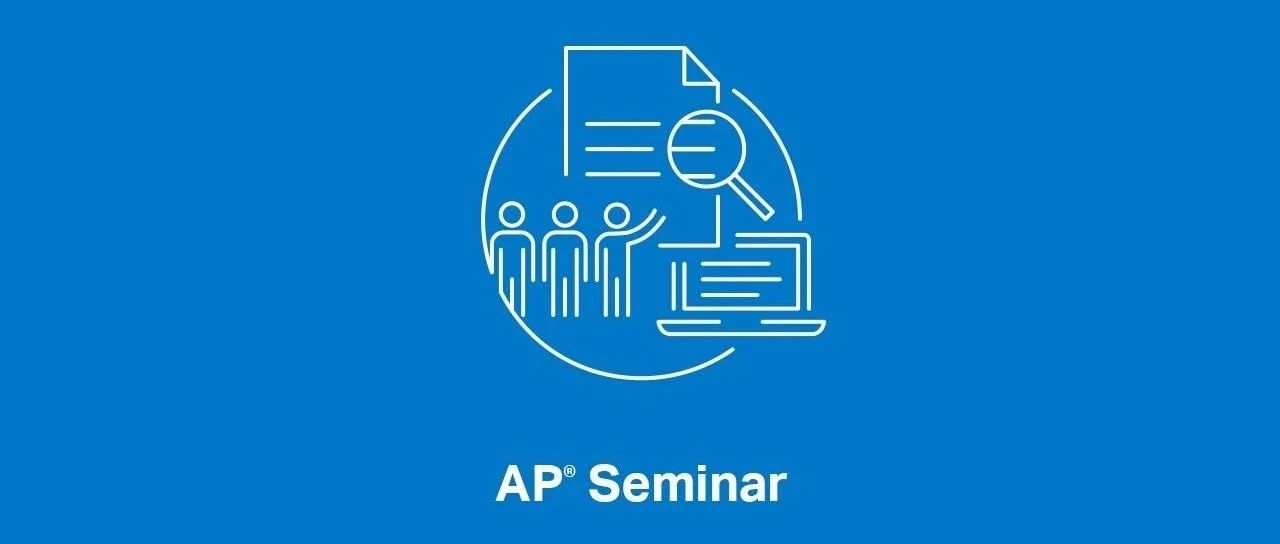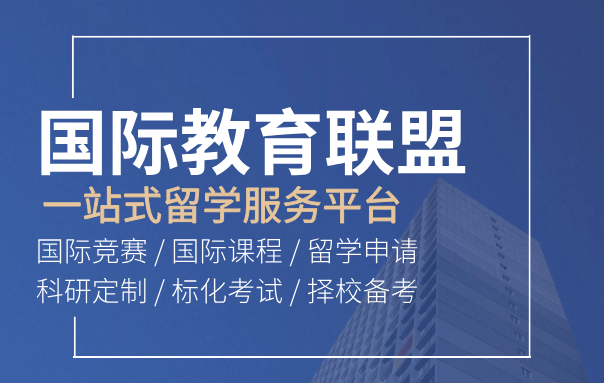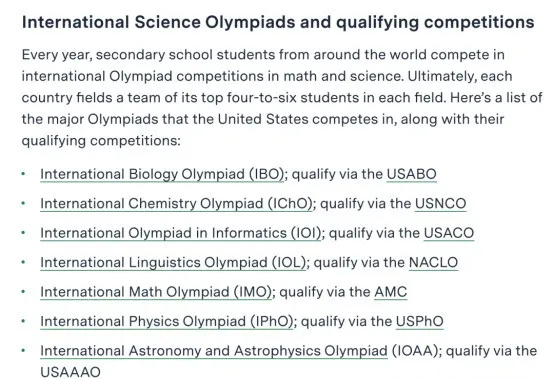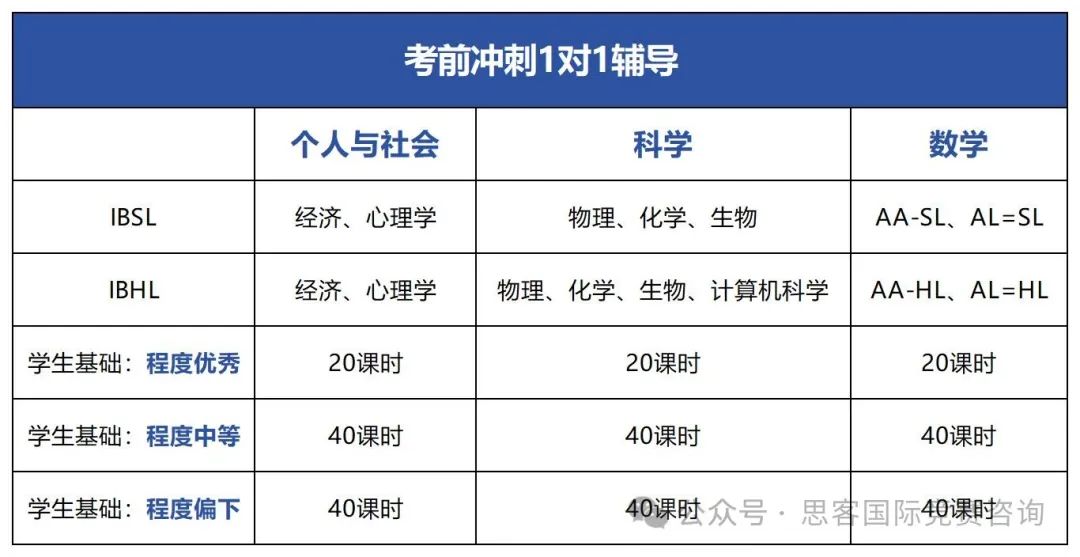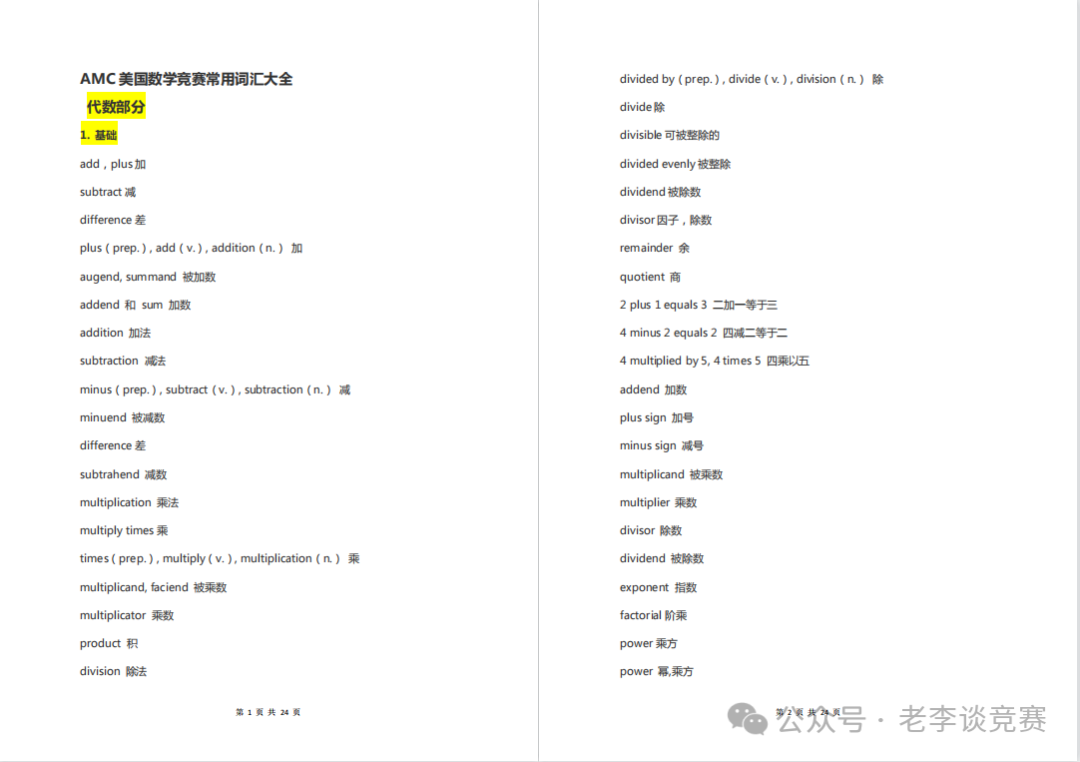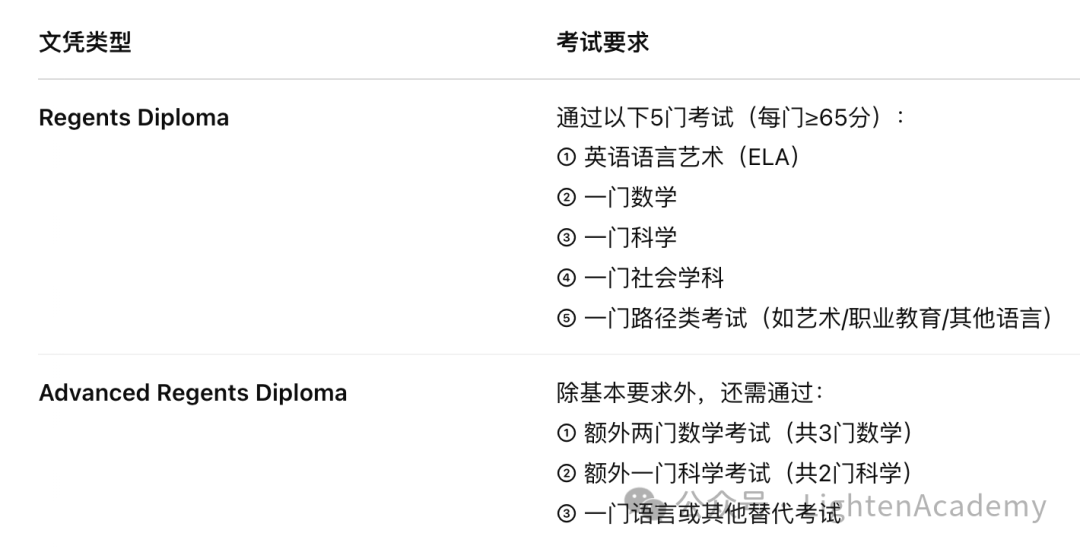前几天在家长群里分享几十篇名校优秀文书,有些同学表示还可以分享更多。近日,JHU招生办分享了2028届新生的6篇优秀文书,刘老师整理一下分享给大家,希望对大家的文书创作有所帮助。
另外还有十几篇JHU往届生的优秀文书,刘老师也会同步发到家长群里。
1、A Growing World
BY CALLA M., ’28
Ever since I was little I’ve been captivated by the world around me: the squirrels in my backyard, constellations that adorned the night sky, and trees whose roots form communities spanning hundreds of miles. Every week at the library I’d check out as many animal fact books as I could carry; books became my way of exploring the world until I could experience it myself.
Once I learned about the life of Jane Goodall, I dreamed of following in her footsteps: going away for years to live in the wild and study animals. The grassy Savannah, coral reefs deep underwater, and the jungles of the Amazon called for me to discover their secrets. I spent hours crouched in the grass or behind trees with an iPad, waiting to get the perfect shot of a grasshopper or cardinal for my own books that I would write about my travels to the great unknown land of my backyard.
Since then, I’ve changed in many ways: I’ve moved to New York, made new friends, and dyed my hair, but I never lost my imaginative spirit and love for learning. Going to a small school there were few options for Science electives, so I sought other ways to explore new areas. I discovered our school had a Science Olympiad team and knew I’d feel right at home; It strengthened the sense of wonder studying science brought me when I was younger. I could be an Astronomer exploring the creation of the universe, a Forensic Scientist examining evidence to solve a crime, or a Geologist studying the rocks and minerals that form our home planet; Every day presented me with new challenges and adventures.
Through all the time I spent with my teammates studying and building together, we became an incredibly close-knit team. It was the first time I made friends who shared the same nerdy interests I did. Some of my favorite memories in high school were running tests to perfect the design of our car, studying astronomy facts by pretending we were Jeopardy contestants, and the excitement we all felt seeing our teammates succeed. I’m fortunate to have worked with so many incredible people: I got to appreciate the unique perspectives and strengths of each person, and I’m proud to say they’ve become some of my best friends.
In astronomy, my partner Isabella was amazing at memorizing facts and understanding the intricate details of a topic whereas I was good at understanding and applying general concepts. Dividing the work allowed us to support each other’s weaknesses and let our strengths shine. By communicating to understand how we could support each other, we became partners working together towards a common goal instead of just two people who both happen to be participating in the same event, allowing us to accomplish more than we ever could have on our own.
I used to think the key to success was personal dedication because I was used to working alone to accomplish my goals. I believed the team would succeed if each person became an expert in their events, but it was communicating with each other and learning to work well as a team instead of as individuals that allowed us to succeed No great feat or discovery was the work of an individual. From flying to the moon to sequencing the human genome, it took thousands of people working together to make it possible. I never would’ve made hundreds of amazing memories or gained a whole new perspective on the world we live in without my teammates.
At eight years old I thought I had the world at my fingertips, but as I’ve grown, my horizons grew with me. Although I’m no longer traveling the world with nothing but my trusty books and imagination, I’m still always seeking out my next adventure, and now I know I’ll have my teammates by my side to support me.
招生官评语
Calla展现了她早期对探索的好奇心,通过在后院模拟未来的探险旅程。随着Calla的成长,她的求知欲和抱负也随之增长。她加入了科学奥林匹克团队,与充满活力的同龄人共同进步。通过这些经历,Calla学会了欣赏周围人的优点,并认识到团队合作的重要性。她还展现了自己多方面的兴趣,使我们能够想象她在我们Homewood校区这样一个跨学科和协作的环境中取得成功。Calla渴望在多元化思想者的社区中追求探索,这与我们大学致力于为世界创造知识的使命高度契合。
2、To Stand Out or Fit In
BY CAROLINE J., ’28
Unicorns, rainbows, pink, and glitter.
Those elements were a commonality in my wardrobe, as I packed for a two week sleepaway camp the summer after sixth grade. The possibility of redefining myself in a new environment filled me with excitement as I dreamed of being the unique, yet “popular” girl instead of just the “nerd.” However, upon arrival, that dream was shattered as my fellow campers regarded me with an air of condescension that I didn’t understand. Perplexed, I asked one such camper what was wrong with me, and she said, “The way you dress. And that you ask too many questions.” That summer camp marked the birth of an internal battle between my lifelong desire to stand out and my newfound desire to be accepted in society.
At first, my desire to fit in dominated this conflict. I rejected anything resembling my past wardrobe and surrendered to neutral colors and ripped jeans. However, the confines of conforming soon proved too agonizing, so my naive self devised a plan—I would be my “weird” self and accept that I would never fit in.
Guided by this framework, I began to wear unique clothing again; highlights of my wardrobe include various flowy vintage skirts, countless thrifted grandpa sweaters, and my favorite piece, a purple tank top with a star that I crocheted myself. On top of that, I cut and dyed my lengthy hair, once an anchor of my femininity and normalcy. As the war in my head waged on, standing out began to prevail, nourished by the unexpected empowerment it supplied me.
Despite embracing authenticity, however, the unease brought on by my dilemma still remained. Reflecting on this, I came to realize that self expression was like a colorful Band-Aid for my insecurities. While it boasted originality and spunkiness, ultimately what I lacked was self love. I couldn’t truly embrace being myself if I didn’t love myself and believed I deserved the love of others. Fighting my insecurities began with realizing that standing out and fitting in are not mutually exclusive. We all need and deserve a community to fit in with—not to conform with—but to find a place in, just like each unique piece of clothing has its perfect place in my closet.
For me, these communities came from the people and passions I engaged with. I introduced middle schoolers to the mindblowing world of coding through my passion project, Code to Create. After experiencing the exhilaration of digging into real world issues in debate club and Youth in Government, I championed my voice in our student newspaper, the Noctiluca. I put my face in front of the entire school by co-founding a video broadcast series, Spark Shorts, where I hosted segments including Teach-It Tuesday (a segment where anyone can teach anything), Spit It Out (a game show encouraging authenticity), and Oblivious Oliver (a story based segment). At state honors orchestra, I ran a meme page amassing likes and laughs while we triumphed through music together. On the science side of things, a joke on a late night call with my friends materialized into reality when we founded Quantum Astronomical Science Club, a science club with a fancy name.
Although these ventures may seem spontaneous and scattered, they collectively taught me the pure joy that collaborative learning and creativity sparks. Awed expressions as my peers and I learned about Quantum Physics together, celebratory chatter after a successful printing of a newspaper issue, triumphant fist pumps when a student’s code ran correctly—those electrifying moments are what I want to live and impart upon others for the rest of my life. In the end, my internal battle between standing out and fitting in was resolved not through one side’s victory, but through compromise. In my quest to stand out, I had unknowingly found just what I needed—a way to stand out and fit in.
招生官评语
Caroline的文章聚焦于他们在发展和接受自我身份方面的经历。我们看到Caroline如何在做真实的自己与融入同龄人之间寻求平衡。在反思了真实性和自我爱的意义后,Caroline对自己的认知更加深入,明确了什么对他们而言最重要。这让他们能够深入投入自己的兴趣爱好,找到了拥有共同价值观和兴趣的各类社区——从编程、广播到量子物理。这些源于对自我身份更深理解的经历,确保了Caroline在自我成长和高中生活中产生了深远的影响。在我们为霍普金斯大学招募学生时,这篇文章帮助我们展望了Caroline如何与周围的人互动,并在我们的社区中产生影响。
3、Being the Handyman
BY SARAH D., ’28
I’ve been the “handyman” of the house for as long as I can remember. I started out, armed with a roll of duct tape looped around my chubby child arms as I marched about the house, waiting for my mother to call on me. In those days, I didn’t know much about the technical details but knew the phrase “duct tape fixes everything.” My dad would say it as I helped my mother fix tears in folders, boxes, and even a picture frame.
I picked up sewing around third grade, when my younger sister had started to get a bit too rough with her stuffed toys. I had gotten the gist, practicing on scrap fabric, before opening shop to the slew of well-loved but torn stuffed toys me and my sister shared. My stitchwork became so good, my mother would ask that I mend and alter some of her clothes. I remember the feeling of the pin pricking my finger every time I let the needle slip, but I also know the feeling of accomplishment as the mended toys were returned to my sister, and the altered clothes fit my mother like a glove.
Carpentry became my next venture, thanks to our two large dogs, Jake and Elwood. They were lovable oafs that would try to peek through the fence at passersby. However, since they were the size of grown men, they wore down the boards and eventually broke through the fence. My father and I spent the weekend removing worn boards, measuring, obtaining new wood, and skillfully cutting and nailing replacements. The project taught me to handle larger materials. I even challenged myself to build an outdoor table and seat using the remaining boards, taking care to stain the wood and sand sharp edges. I felt a jolt of victory when my dad had sat down and the wood had not collapsed beneath him.
Entering high school, my desire to continue building led me to the school’s robotics team, introducing me to 3D modeling and printers. Proficiency in CAD and the school’s printers fueled my ambition to expand my skills beyond school projects. After extensive research and persuasion, my dad invested in a 3D printer, enabling me to create replacements for furniture, hooks, and even crafting personal items like a sock drawer organizer and a cat toy. Requests from friends, like modeling and printing a vacuum switch replacement, added a new dimension to my handiness.
My handyman journey extended to auto mechanics in sophomore year when I took the reins of the family’s aging 1993 Ford F250. Despite its challenges—poor mileage and years of wear and tear—I refused to let it fail. Not long into driving the truck, the speedometer stopped working, and there was a clunking sound when it drove. After heavy inspection, we found that the speed sensor had come apart and lodged itself in the rear differential. As my father was getting old and not as spry as he used to be, he relied on me to open the differential and grab the piece, before flushing out metal shards and installing a new sensor. A year after the sensor failure, the suspension started to fail, requiring new shocks. The truck was a cycle of things breaking and being fixed, but it also taught me the more common skills of routine oil changes and how to jump start the battery.
In the end, my journey as the household “handyman” has been a continuous evolution. From early days with duct tape to mastering sewing, carpentry, 3D printing, and auto mechanics, each skill acquired has not only enhanced my technical prowess but also cultivated a sense of responsibility and determination. The diverse challenges I’ve tackled have molded my growth, instilling a resilient spirit that thrives on the joy of learning through hands-on experience.
招生官评语
Sarah详述了她作为家中“修理工”的经历,以及多年来她所掌握的多种技能。每当遇到问题,从破损的玩偶和损坏的围栏到断裂的挂钩,Sarah都学会了如何进行修理。通过分享她逐步掌握的每一项技能,Sarah讲述了展现她社区意识、服务精神和家庭观念的个人故事。我们看到了她在面对新挑战时的适应能力,以及她通过实践学习新技能的渴望。在这些项目中,Sarah还展示了在看似普通的任务中所蕴含的创新和足智多谋。这种与生俱来的好奇心在霍普金斯大学将极具价值,在这里,学生们不断寻求新的视角、想法和解决方案。
4、Korean Sticky Notes
BY NANCY P., ’28
A myriad of sticky notes adorn our bedroom door, each bearing a telling Korean word. Opening the door, I repeat them aloud.
Hal-in: Discount.
My mom once joked, “Nancy, sometimes I feel like you’re the adult and I’m the child.”
Sure, I was a kid living a double life as my mom’s unrelenting financial advisor, spending Saturday mornings marching around H Mart, seeking hal-in and calculating the cost of items making their way into our cart. $9.99 for five mangoes and $5.50 for strawberries? Inflation at its finest. Get the apples on sale instead. Chocolate Pepero—No. Unveiling my prized stack of carefully collected coupons at the register, I eagerly watched the price go down with each swipe.
Jeonlyag: Strategy.
Looking back, my mom’s words revealed an undeniable truth. Growing up low-income, I understood that finances were going to be tight. My mom, then-unemployed, scrambled to find a job and worked tirelessly to pay the rent for our two-bedroom apartment. Eager to ease my mom’s sudden burden as our sole provider, I felt compelled to approach every expense with a jeonlyag, ensuring every dollar was spent to its maximum potential.
Eon-eo: Language.
As the clacking of our calculators totaling rent and various other expenses consumed our days, I realized that we had quantified almost every aspect of our life in pursuit of optimal value and utility. When I tried to reconnect with my mom on the unquantifiable aspects of our lives, my mouth went dry, unable to find the Korean words and phrases to express myself. Even having grown up in a bilingual household, my Korean eon-eo skills had fallen behind as our financial situation devolved and I transitioned to the role of financial advisor and translator for my non-English-speaking mom. I wanted to bridge this eon-eo gap and learn more about her upbringing and my own heritage.
Starting with the basics, I listened to songs much too young for my age, Pororo’s catchy lyrics ingraining the Korean alphabet into my mind. My mom’s handwriting served as a template as I shakily wrote down Korean vocabulary onto sticky notes, plastered along our bedroom door. I noted almost every unfamiliar word or phrase I encountered in my daily life, whether in my mom’s `80s ballads that rotated through her playlist or in the Korean news radio. With time, sophisticated words and phrases, sprinkled in with traditional and modern slang, expanded throughout the walls of our home.
Daehwa: Conversation.
As my collection gradually took over our apartment, my daehwa with my mom also grew. As we stroll aisle to aisle at H Mart, I ask my mom to share her childhood stories growing up in Seoul. She recounts visiting street food tents and points out her favorite comfort snacks, nostalgic memories replacing each sticker value. I find myself racing through the aisles, eager to see more of her world through Kyoho grapes, dried squid, and advertisements of `80s manhwa cartoons, labeled in both Korean won and American dollars—a culmination of my own bicultural identity. Beyond the stocked shelves lining the grocery store lay experiences, moments, and relationships that I couldn’t quantify.
Tamgu: Exploration.
Hundreds of Korean sticky notes hold memories that vividly remind me that life is too short to view the world through the lens of price tags. My journey to learning Korean helped add another dimension to our grocery excursions that re-introduced me to a world in which stories of warmth and love cannot be measured in dollars and cents. As I push my shopping cart through H Mart’s aisles, I discover invaluable experiences that connect people of different backgrounds birthed thousands of miles apart. Now I continue to navigate the aisles of life, determined to step beyond my role as a financial advisor, though it remains a part of who I am as I continue my own self tamgu.
招生官评语
Nancy的文章详细描述了她在年幼时承担的责任以及由此激发的探索精神。她分享了陪伴母亲逛H Mart超市的回忆,我们也了解到她在这些过程中培养的战略思维能力。在这些购物之旅中,Nancy通过母亲对首尔童年的回忆以及后来学习韩语的经历,与自己的韩国身份产生了联系。她展现了自己的好奇心,并渴望帮助身边的人。这些品质将帮助她在我们的Homewood校区茁壮成长,在这里,学生社区不断相互支持,倾注不同的视角,并创造归属感的空间。
5、Finding Purpose in Trivial Projects
BY ANJALI V., ’28
Occasionally, a wooden board that comes in as packaging makes me think, “That would make a great base for a diorama.” Then, there’s a concept that comes from a building, street, or room I’m frequenting, someplace that is brimming with interesting detail yet not overwhelming. The challenge of shrinking down detail in a scene excites me, and it’s also delightful to imagine what the scene would look like miniaturised.
During the summer of 2020, with a piece of packaging MDF board in hand, that place happened to be my own home. Although a scale model of a house I’d just moved into seemed frivolous and unnecessary, I sat down with paint, board, and more time than I’d ever had over the next 3 months to work on something I felt genuinely motivated to complete. With nothing else to work on, I measured, constructed, and assembled the house—piece by piece, floor by floor. When I was done, I still had no use for my creation, and friends and family were confused as to why I’d worked so hard on it. “This looks great, but did you do this for a school project?” they’d ask.
Although it seemed trivial, I made more miniatures—of our dining room, my street, my bicycle, and even my dustbin. Each project came with its own challenges. I wanted to make functioning gears on a tiny cardboard bicycle, but how? I’d make frustrating mistakes, but I found my way, crocheting bicycle chains that created enough friction to pull cardboard gears. With every project I completed, I had to learn how to work with a new material or adhesive—sometimes, pieces fell apart or paint would flake off. The issues were what made projects fun; there were simple joys in solving these miniaturised problems, and I took special pride in subverting expectations of fragility by making pieces as sturdy and durable as I could. Although it was sometimes tempting to forfeit projects that went on for months, my inexplicable fascination with making models continued even as I became much busier than I had been back in 2020.
As I wonder why miniature making has become such an integral part of my routine, I’ve begun to notice just how much I’ve gained from it. In scaling down each scene, there’s been an unanticipated amount of calculation and problem solving. In working through misplaced structural walls or disproportionate elements, there’s solutions to be weighed and decisions to be made about when it’s time to start over. Even my smallest project, the miniature dustbin, was made out of curiosity and a desire to recreate the pedal mechanism. Miniature making has given me a greater attention to detail, as I try to look for details that make a subject appealing: I learnt much more about my new home in an attempt to recreate it. As I walk along a busy street, I can’t help but notice that wire fence bears a striking resemblance to a loose knit, or that a fallen twig would make the perfect mini tree. Strangely enough, searching for solutions in these creative places floods back when I work on research and programming for my computational biology internships, observing patterns and breaking down problems into miniature tasks.
Most importantly, in painting individual bricks and sculpting rice-grain sized statues, I’ve realised what I’m capable of accomplishing out of determination. Each project I begin has no foreseeable end date, and intricate detail can become just as excruciating when things don’t seem to work out. When I gift a miniature to family or friends, it’s the patience and resilience involved that expresses how much I care.
My dioramas may be collecting dust on a shelf now, but each ‘trivial’ project is still the result of working hours—a testimony to patience, effort and everything else it has helped me achieve along the way.
招生官评语
Anjali在她的文章中分享了制作微缩模型的经历。她建造了一个她搬入新家的微型模型,从此开始以更注重细节的方式看待世界。我们可以看到这种热情如何影响了她所做的一切。Anjali反思了她从制作微缩模型中获得的快乐与耐心。这种自我反省帮助招生委员会了解她解决问题时的策略性思维以及在面对挑战时的韧性。我们强烈感受到,她将在我们的Homewood校区找到归属感,因为这里的学生们总是通过多元视角来创造解决方案。
6、The Art of Imperfection
BY STELLA W., ’28
The splash of color that engulfed the wooden tables and bar stools first lured me into a local art studio next to my parents’ favorite supermarket. At seven years old, even I could read the big red sign: “Painting Lessons.” I peered through the studio’s glass windows and watched students smear turpentine across blank canvases, create initial sketches in vibrant base coats, and add finishing details with miniature brushes. I was hooked.
After starting the class myself, I fell in love with this meticulous but gratifying process. Eventually, painting and drawing consumed my spare time—I was committed to replicating the shapes and colors I observed in animals, people, landscapes, and objects on canvas. In those early years, I loved every moment and teachers praised my rapid progression. I didn’t know then that my aspirations to perfect my skills in this craft would lead me down many roads of frustration.
I remember the struggle vividly: as I stared blankly at that wooden model of a hand for what felt like forever, feelings of frustration, disappointment, and desperation blocked any efforts to continue manipulating the shadows, highlights, and shapes on my paper. I’d spent hours trying to successfully depict this hand model, but my hard work felt meaningless. That day, I left class unsatisfied with my abilities, and distraught by this challenge. Never before had art been a source of such distress, and at a young age I didn’t know how to grapple with these feelings.
After taking a break for a couple days, I found myself curious to try again. This time I accepted that what I was striving to convey on paper might not manifest itself on the first, second, or maybe even third attempt. After struggling with several different versions of this drawing over weeks, I finally felt satisfied with my depiction of the human hand. Not because it was the best demonstration of my artistic ability, but rather because tackling a skill that challenged me so thoroughly gave me pride unparalleled by my other works. It became one of my favorite pieces.
The hurdle I needed to overcome was not the task itself; it was being able to continue working at something that didn’t come easily. My struggle to illustrate a hand was not a test of my abilities, but rather of my patience and perseverance.
This past summer, I audited a data science class at UC Berkeley while I interned for a graduate researcher. The only high schooler surrounded by college engineers, I was stretched beyond anything I’d delved into in high school: math concepts I had never seen before, a new computer programming language. When I first started tackling the problem sets, I often found myself staring at the page for hours. I started to get frustrated that I was not grasping new concepts fast enough to efficiently work through the course.
But I reminded myself it was not the first time I found myself challenged by something I was passionate about. As with many art pieces in the past, I continued working on the labs with the understanding that they were likely not going to successfully run after my first few—or many—attempts. After completing a few more labs, problems started to become more familiar and easier to handle, and eventually, I started applying the skills I developed in the course to create real data sets that tracked boat emissions in the Bay Area.
This work challenged me more than any math or science class had ever challenged me in my academic career, and as a result the work was that much more rewarding. As frustrating as these challenges are, I am inspired to leap towards them, because they have instilled in me the confidence to view challenges as opportunities for growth.
招生官评语:
在这篇文章中,Stella深入探讨了她在艺术世界中的历程以及随之而来的挑战。她重点讲述了自己在年幼时从绘画中找到的快乐,以及随着成长,这种关系如何演变。Stella向我们展示了接受不完美和保持耐心如何让她更加投入自己的艺术创作。她将这些经验应用到不同的环境中,迎接新的挑战。她能够将障碍视为成长的机会,这种能力将在霍普金斯大学帮助她更好地适应,在这里她将与新的同学和机遇相伴,并继续以多样化的方式学习。





